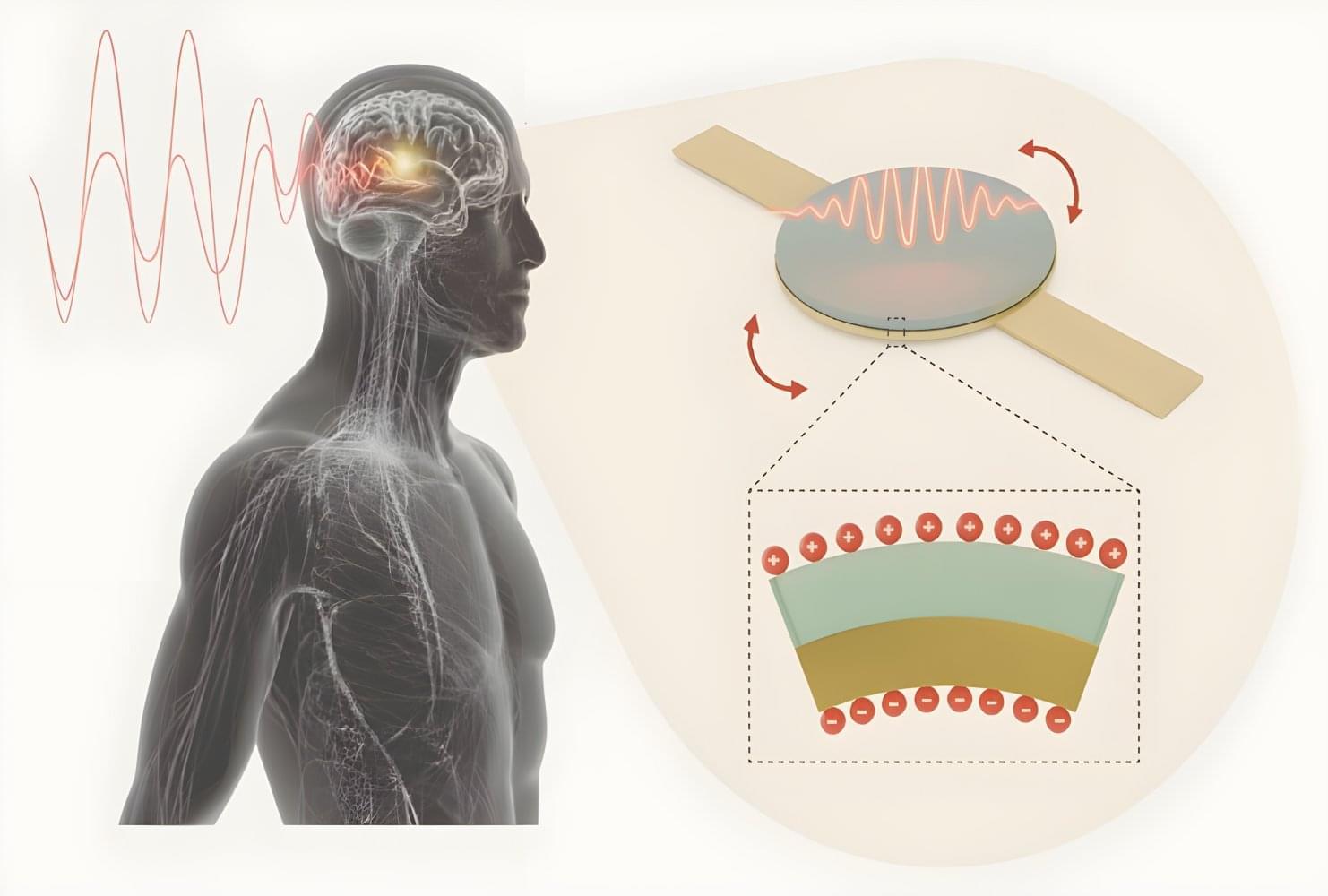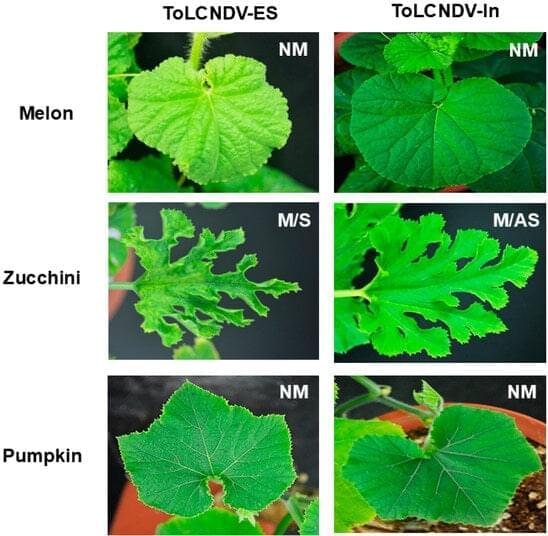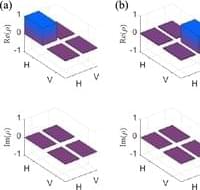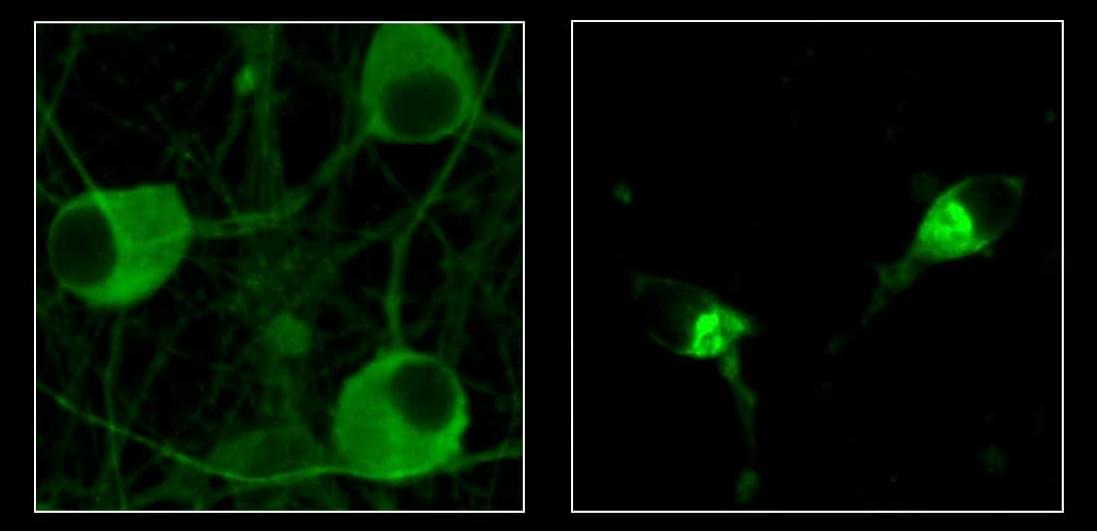In recent years, neuroengineers have devised a number of new modalities for interfacing with the nervous system. Among these are optical stimulation, vibrational stimulation, and optogenetics. A newer and perhaps more promising technology is sonogenetics.
Sonogenetics, the use of focused ultrasound to control cells that have been made ultrasound-responsive via gene delivery, is moving from compelling papers to a potential platform strategy. From a neurotech commercialization standpoint, the significance of sonogenetics is less about a single lab trick and more about the emerging convergence of three capabilities: precise genetic targeting, durable and safe delivery, and field-robust ultrasound systems that work the first time outside the origin lab.
One commercial firm that may be exploiting this technology is Merge Labs. The startup recently made a big splash with a $250 million investment from Open AI and Sam Altman. While the company has not yet released its website and the technical personnel behind the company have not been identified, it is rumored to be working with focused ultrasound implants and sonogenetics as gene therapy. If Merge and its peers can validate durable expression, predictable dose–response, and reliable outside-the-lab bring-up, a first wave of indications will likely sit at the intersection of neurology, psychiatry, and rehabilitation, with longer-term spillover into human-machine interaction.






